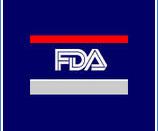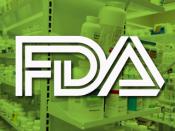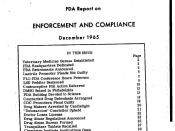Spiked Milk Little Carrie, your four-year-old daughter, is ready for bed. You take her upstairs and lay her in bed, being careful to tuck her in gently and remembering to put Bobo, her teddy bear, in bed next to her. As you quietly pick up her favorite bedtime story, preparing to read it to her, she asks you for one last glass of milk to help her sleep. Happily, you acknowledge her request, thankful that it is for something healthy like milk, rather than soda or one of those sugar-filled flavor drinks. You return with her glass of milk, and as she gulps it down quickly, you begin reading her the story. Before you even finish half the book she is asleep, and so you pick up the empty glass of wholesome milk and return downstairs to your television show. Unfortunately, due to your lack of belief in those "ÃÂsilly' conspiracy theories, your daughter is developing cancer from the good, wholesome glass of milk you just gave her.
Today, all over America, dairy cows are being injected with a drug known as bovine growth hormone (rBGH), which increases milk production approximately 14 percent if cows are injected every two weeks (vvv.com/healthnews). Posilac, the trade name for rBGH, is also known as bovine somatotropin (BST) and recombinant bovine somatotropin (rBST). BST is a naturally occurring hormone that regulates a cow's milk production; rBST is just genetically engineered BST. (www.crescentridge.com/growth.html) What does all this mean? Well, rBGH, when injected every two weeks into dairy cows, increases the cows' production of insulin-like growth factor 1 (IGF-1), which is what actually increases the cows' milk production. As innocent as all this sounds, here is where we find the problem: "IGF-1 is known to stimulate the growth of both normal...


